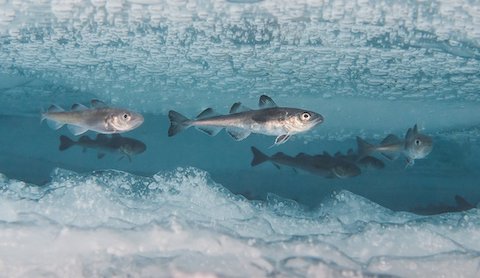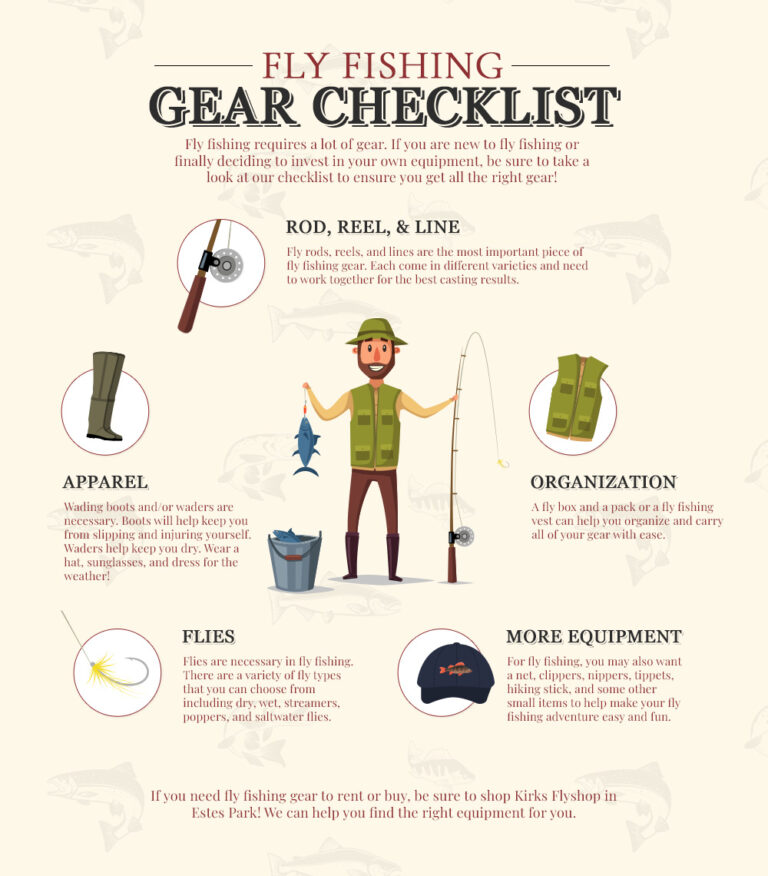White Seabass: Discover How to Identify And Tips to Catch
White seabass, a prized catch for anglers, is both delicious and challenging to fish. Learning to identify this species and understanding the best techniques to catch it can enhance your fishing experience.
White seabass, known for its firm, white flesh, is a popular target among fishers. Recognizing this fish by its distinctive features is essential before setting out on your fishing adventure. Additionally, knowing the right tips and tricks can make all the difference in your success.
From understanding their habitat to choosing the right bait, every detail matters. Whether you’re a seasoned angler or a beginner, this guide will help you identify white seabass and offer practical advice to improve your chances of landing one. Let’s dive into the world of white seabass and elevate your fishing game.
Introduction To White Seabass
White Seabass is a prized catch among anglers. These fish are known for their delicious taste and challenging catch. This blog post will guide you on how to identify and catch White Seabass.
Species Overview
The White Seabass (Atractoscion nobilis) belongs to the croaker family. They are known for their elongated bodies and silvery-blue color. Adults can grow up to 5 feet long and weigh up to 90 pounds. Their distinctive features include a pointed snout and a single, long dorsal fin.
Habitat And Distribution
White Seabass are found in the coastal waters of the eastern Pacific Ocean. Their range extends from Alaska to Baja California. They prefer habitats with kelp forests, rocky reefs, and sandy bottoms. During the spawning season, they move closer to shore.
Physical Characteristics
White Seabass, also known as the king croaker, is a prized catch for many anglers. This section will help you identify this species by focusing on its distinct physical characteristics.
Size And Weight
White Seabass can grow quite large. On average, they reach lengths of 3 to 5 feet. Their weight ranges from 20 to 60 pounds. Some exceptional specimens can weigh even more.
Coloration And Markings
The coloration of White Seabass is another identifying feature. They usually have a silvery-grey body. The sides may show a slight bronze tint. Younger fish often display dark vertical bars. These bars fade as the fish matures. Their large mouth and prominent teeth are also distinctive.
Behavioral Traits
Understanding the behavioral traits of White Seabass can increase your chances of a successful catch. These elusive fish have specific habits that, once known, can be used to your advantage.
Feeding Habits
White Seabass are carnivorous. They prefer to feed on smaller fish and squid. During the day, they often hunt in deeper waters. At night, they move closer to the shore to feed. They use their keen sense of smell to locate prey. Knowing their diet can help you choose the right bait.
Seasonal Movements
White Seabass migrate based on water temperature. In cooler months, they move to deeper waters. During warmer months, they come closer to the shore. Spring and summer are ideal for catching them near the coast. They tend to gather around kelp beds and rocky reefs. Understanding their seasonal movements can help you plan your fishing trips better.
Identifying White Seabass
Identifying White Seabass is crucial for anglers to ensure they catch the right fish. These fish have unique characteristics that set them apart from other species. Understanding these features can enhance your fishing experience.
Distinctive Features
White Seabass are known for their long, silver bodies. Their skin is smooth and they often have a bluish tint. Adults can grow up to 5 feet and weigh up to 90 pounds. The mouth is large and the lower jaw extends beyond the upper jaw. They have pointed fins and the tail fin is slightly forked.
Comparison With Similar Species
White Seabass can often be confused with other fish. Here’s a comparison to help you out:
| Feature | White Seabass | Yellowtail |
|---|---|---|
| Body Color | Silver with bluish tint | Olive-brown with yellow stripe |
| Size | Up to 5 feet | Up to 3 feet |
| Jaw | Lower jaw extends beyond upper jaw | Upper and lower jaws are even |
White Seabass can also be mistaken for black seabass. Unlike white seabass, black seabass have a more rounded body and darker color. They also have a thicker, more robust appearance.
Best Gear For White Seabass
When targeting white seabass, using the best gear can make a big difference. This fish is known for its size and strength, making the right equipment essential. Whether you’re a seasoned angler or a beginner, having the right rods, reels, bait, and lures is crucial. Let’s dive into the best gear for catching white seabass.
Rods And Reels
A sturdy rod and a reliable reel are key to catching white seabass. Medium to heavy action rods work best. They provide the strength needed to handle large fish. Look for rods around 7 to 9 feet long. They offer the flexibility and power required.
As for reels, opt for spinning or conventional reels. Make sure they have a good drag system. This helps in controlling the fish during the fight. Spinning reels are easier to handle for beginners. Conventional reels offer more control for experienced anglers.
Bait And Lures
White seabass are attracted to a variety of bait and lures. Live bait like squid, sardines, and anchovies work wonders. Fresh bait increases your chances of a successful catch. Cut bait also attracts white seabass. However, live bait tends to be more effective.
Lures can be just as effective. Metal jigs and soft plastic lures mimic the movement of prey. Choose lures that imitate the local baitfish. Bright colors and realistic movements are key. Always match your lure size to the baitfish in the area.
Using the right gear can improve your chances of catching white seabass. Happy fishing!
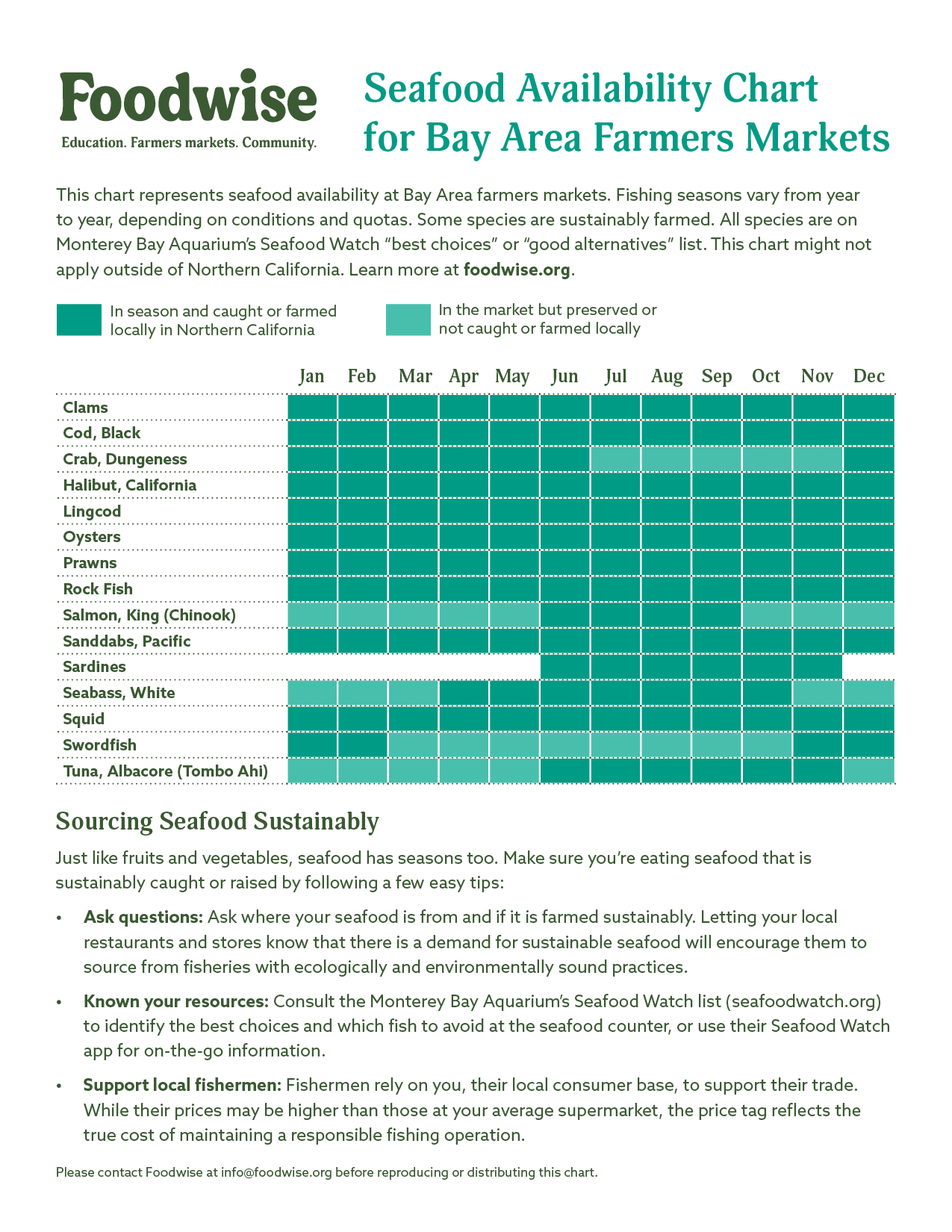
Credit: foodwise.org
Optimal Fishing Techniques
Fishing for White Seabass can be incredibly rewarding. Yet, knowing the optimal fishing techniques is key. Different methods yield different results. Here, we explore some of the best techniques to increase your chances of a successful catch.
Casting And Trolling
Casting is a versatile technique. Use a sturdy rod and reel. Cast your bait or lure into the water. Let it sink to the desired depth. Then, retrieve it slowly, mimicking the movement of prey.
Trolling involves dragging your bait behind a moving boat. It’s effective for covering large areas. Use a trolling motor to maintain a steady speed. This method works well in deeper waters, where White Seabass often lurk.
| Technique | Equipment Needed | Best Used In |
|---|---|---|
| Casting | Rod, Reel, Bait/Lures | Shallow to Medium Depths |
| Trolling | Boat, Trolling Motor, Bait/Lures | Deeper Waters |
Drift Fishing
Drift Fishing is another excellent technique. It involves allowing your boat to drift with the current. Drop your line and let the bait drift naturally. This technique covers a wide area and can be very effective in varying water conditions.
Use a light tackle for better sensitivity. Feel the bites more easily. Adjust your depth based on the water column. White Seabass often swim at different depths. Changing your depth increases your chances of a bite.
- Let the boat drift naturally.
- Use light tackle for sensitivity.
- Adjust depth based on water column.
Understanding and mastering these fishing techniques can significantly improve your White Seabass catch rate. Happy fishing!
Ideal Fishing Locations
Finding the perfect spot to catch White Seabass can be challenging. Knowing where to fish increases your chances of success. Here, we explore some popular fishing spots and important local regulations.
Popular Spots
White Seabass thrive in specific areas. These locations are known for their abundance:
- Southern California Coast: Known for its rocky reefs and kelp forests.
- Channel Islands: A hotspot for larger White Seabass.
- Baja California: Offers pristine waters and plentiful fish.
- Santa Monica Bay: Popular among local anglers.
- Coronado Islands: Great for both shore and boat fishing.
Local Regulations
Before you start fishing, it’s crucial to know the regulations. Here’s a quick overview:
| Location | Season | Limit |
|---|---|---|
| Southern California | March to August | 1 fish per day |
| Channel Islands | Year-round | 3 fish per day |
| Baja California | March to October | 2 fish per day |
| Santa Monica Bay | April to September | 1 fish per day |
| Coronado Islands | Year-round | 2 fish per day |
Always check the latest updates from local authorities. Regulations can change, and it’s important to stay informed.
Conservation And Sustainability
Understanding the importance of conservation and sustainability is crucial for preserving white seabass populations. Overfishing has threatened many marine species, including white seabass. By practicing sustainable fishing, we can help protect these fish for future generations.
Catch Limits
Catch limits are essential for protecting white seabass. These limits ensure that fish populations remain healthy. They prevent overfishing and allow fish to reproduce. Always check local regulations before fishing. Respecting these limits helps maintain the balance of marine ecosystems.
Responsible Fishing Practices
Responsible fishing practices are vital for sustainability. Use gear that minimizes harm to other marine life. Avoid fishing in breeding areas during spawning seasons. Release undersized fish to give them a chance to grow. Practice catch and release when possible. These actions contribute to the long-term health of white seabass populations.
Cooking And Eating White Seabass
White seabass is a prized catch among anglers. It’s known for its delicate flavor and versatility in the kitchen. Cooking and eating white seabass can be a delightful experience. Whether you prefer grilling, baking, or frying, this fish adapts well to various cooking methods.
Popular Recipes
White seabass offers a range of culinary possibilities. One popular recipe is grilled white seabass with lemon and herbs. To prepare, marinate the fish in a mix of olive oil, garlic, lemon juice, and fresh herbs. Grill it for about 4-5 minutes on each side. The result is a flavorful and juicy dish.
Another favorite is baked white seabass with vegetables. Place the fish on a baking sheet. Surround it with sliced bell peppers, onions, and cherry tomatoes. Drizzle with olive oil, sprinkle with salt and pepper, and bake at 400°F for 20-25 minutes.
White seabass tacos are also a hit. Season the fish with chili powder, cumin, and paprika. Cook in a skillet until flaky. Serve in warm tortillas with fresh salsa, avocado, and a squeeze of lime.
Nutritional Benefits
White seabass is not only delicious but also nutritious. It’s a great source of lean protein, which is essential for muscle repair and growth. Each serving provides a good amount of omega-3 fatty acids. These fats support heart health and reduce inflammation.
Additionally, white seabass is rich in vitamins and minerals. It contains vitamins B6 and B12, which boost energy levels and support brain function. The fish also provides important minerals like selenium and magnesium. These contribute to a healthy immune system and strong bones.
Eating white seabass can help you maintain a balanced diet. It’s low in calories and fat, making it a healthy choice for those watching their weight.
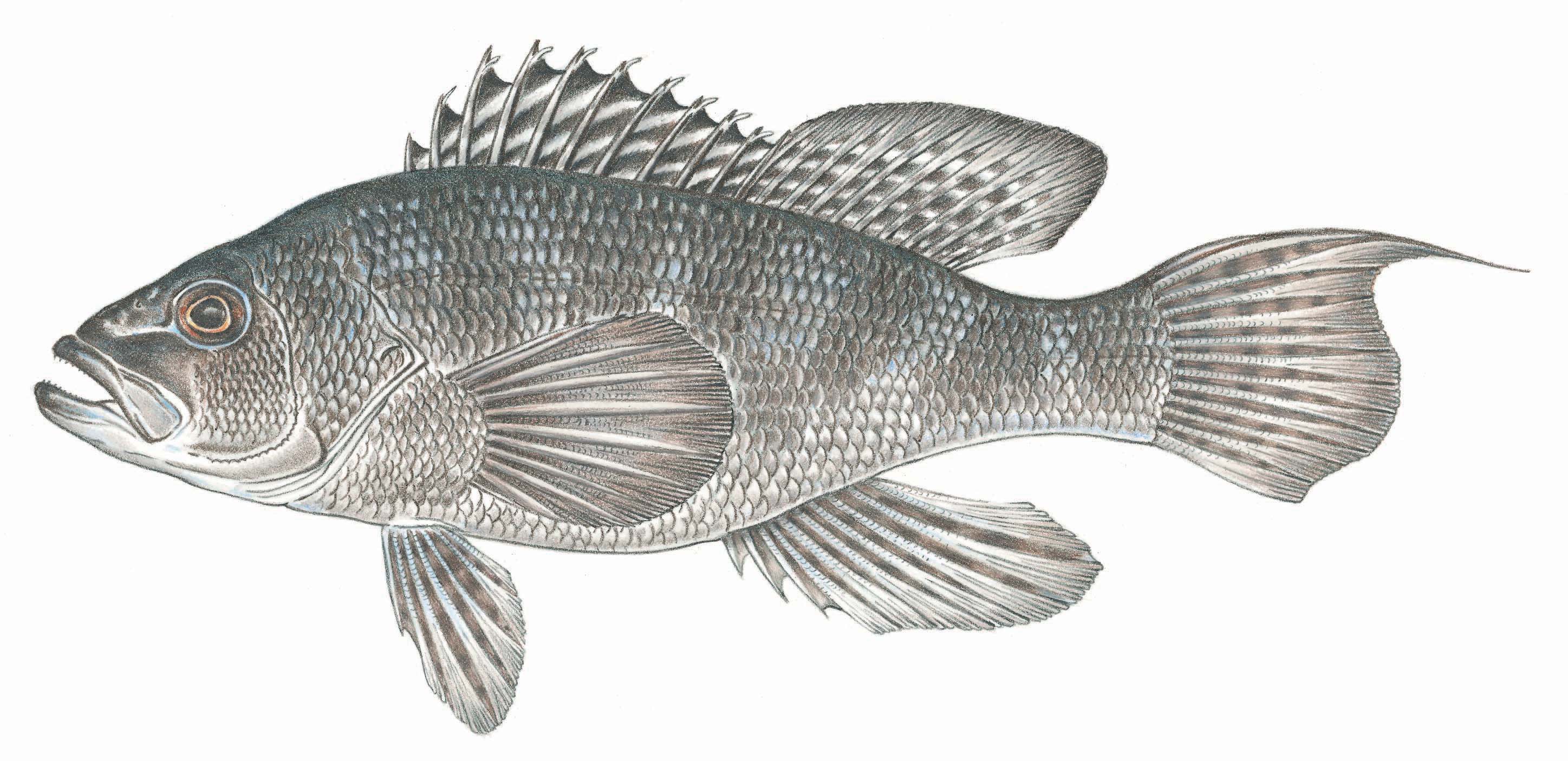
Credit: www.mass.gov
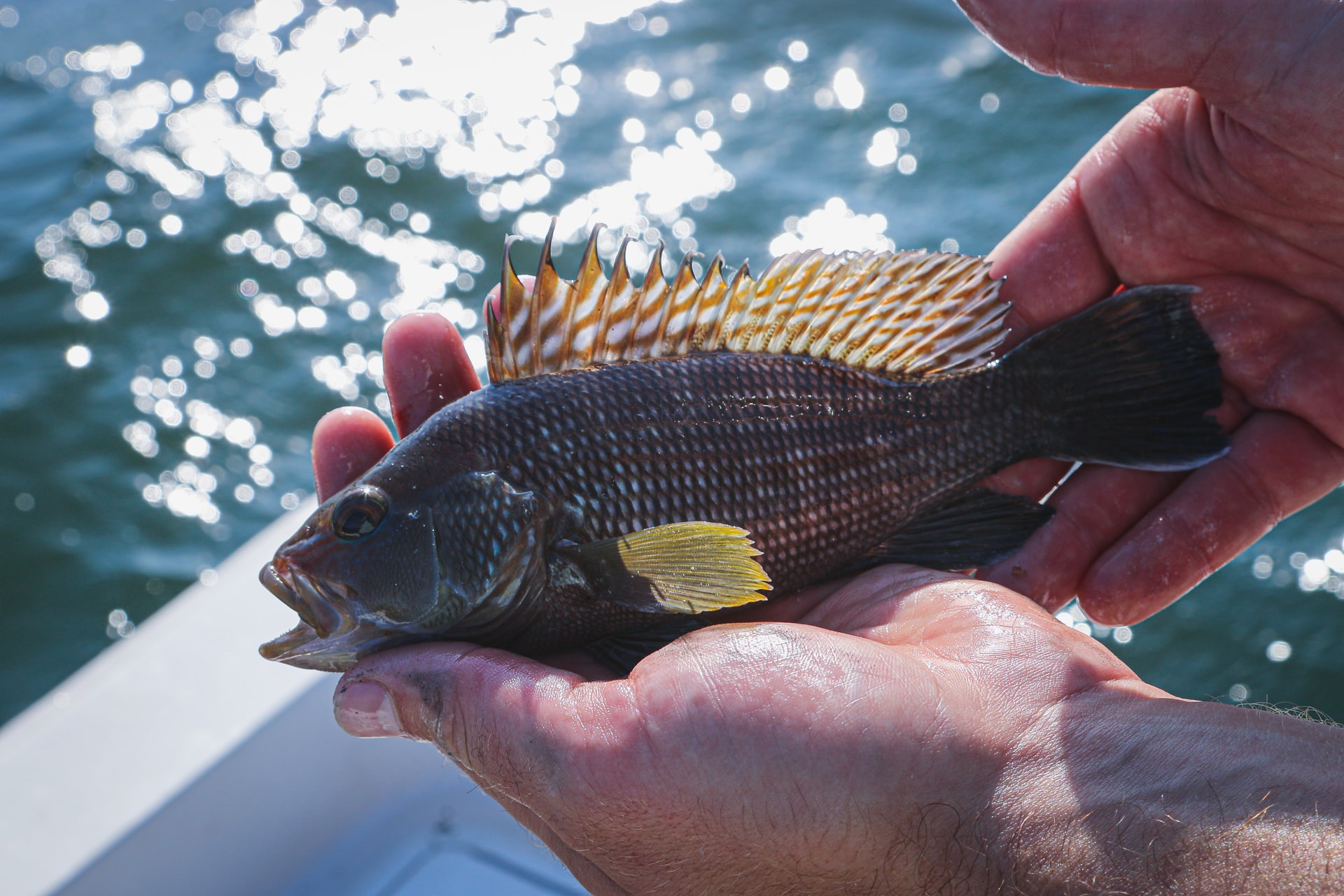
Credit: www.thebetterfish.com
Frequently Asked Questions
What Does A White Seabass Look Like?
A white seabass has a silver-gray body with a distinctive black spot near the pectoral fin. Its elongated body and pointed snout make it easily identifiable.
Where Can I Find White Seabass?
White seabass are commonly found in the Pacific Ocean along the west coast of North America. They prefer shallow, coastal waters near kelp beds and rocky structures.
What Bait Is Best For White Seabass?
Live bait such as squid, anchovies, and sardines works best for catching white seabass. Fresh bait tends to attract them more effectively.
When Is The Best Time To Catch White Seabass?
The best time to catch white seabass is during the spring and summer months. Early morning and late afternoon are the ideal times of day.
Conclusion
Catching white seabass can be a thrilling experience. Use the tips shared to improve your fishing. Recognize their unique features for easy identification. Enjoy the process and respect the fish. Practice makes perfect in fishing. Remember, patience and persistence lead to success.
Happy fishing!


